WHAT ARE RETICULAR VEINS?
Reticular veins, also known as feeder veins, are the dilated blue and green veins beneath the skin surface. They are generally hereditary. They carry blood to the capillaries in the skin. Because the walls of reticular veins are so thin, they easily expand if put under stronger than usual pressure. They occur mainly on the back of the leg, usually around the knee. Reticular veins may branch into (or feed) spider veins, also called telangiectasias, which are smaller than reticular veins and don’t bulge or cause discomfort. They look like red or blue spiderwebs on the skin’s surface and may occur on the face as well as the legs.
While many people have probably heard of varicose veins and spider veins, fewer may be familiar with reticular veins. They are the middle child of chronic venous insufficiency (CVI). They are smaller than varicose veins—roughly 2mm in diameter. They also do not protrude above the skin like varicose veins.
These veins are also considered a cosmetic problem since they do not lead to substantial medical symptoms or complications. In the majority of cases, however, reticular veins are just a cosmetic issue that can be easily treated.
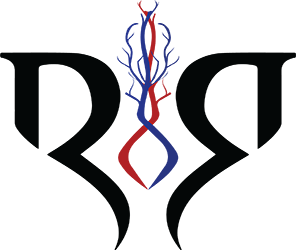
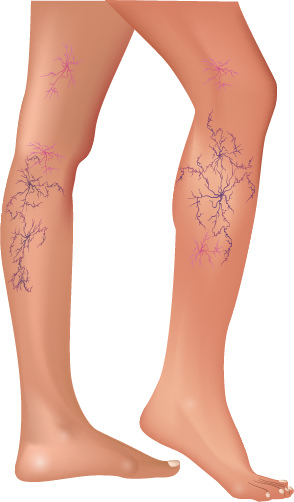

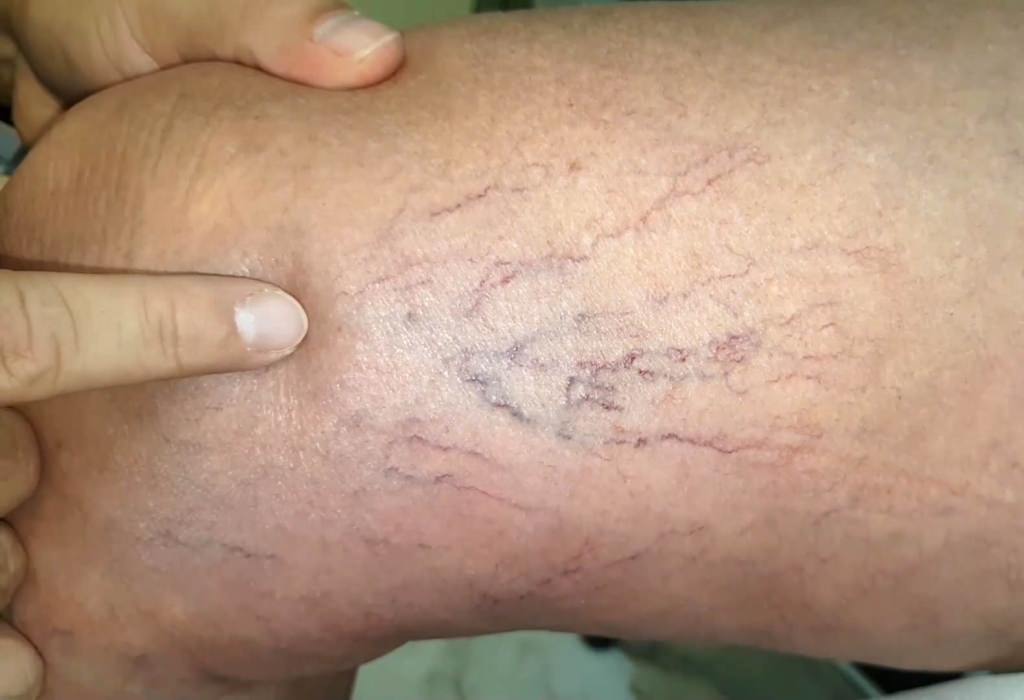
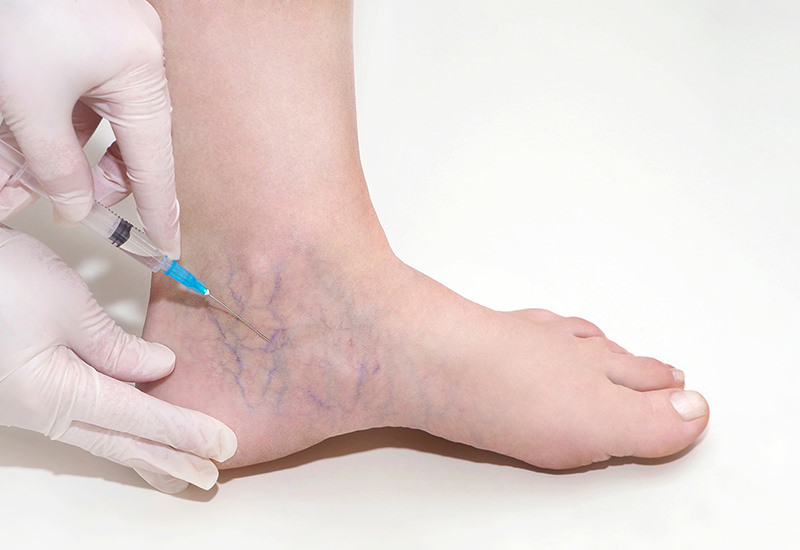
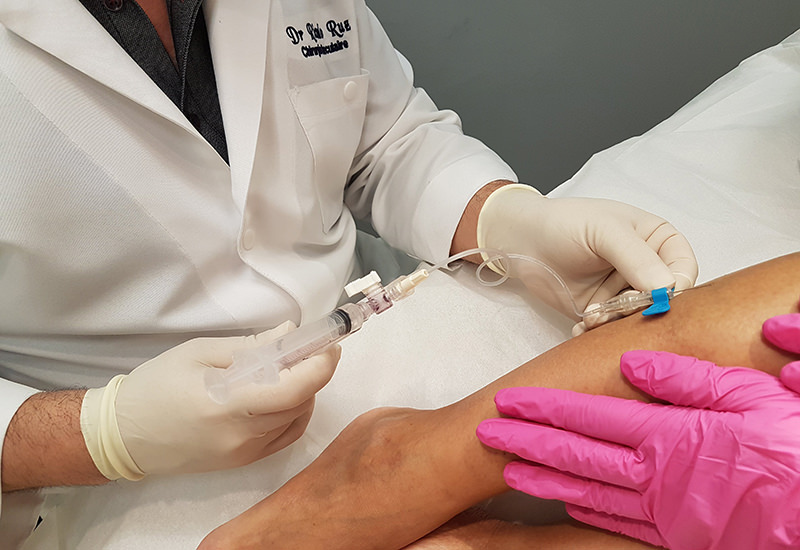


The images and/or videos are not presented as a guarantee of result. The results may vary. Patients gave their consent for the publication of images and/or videos.